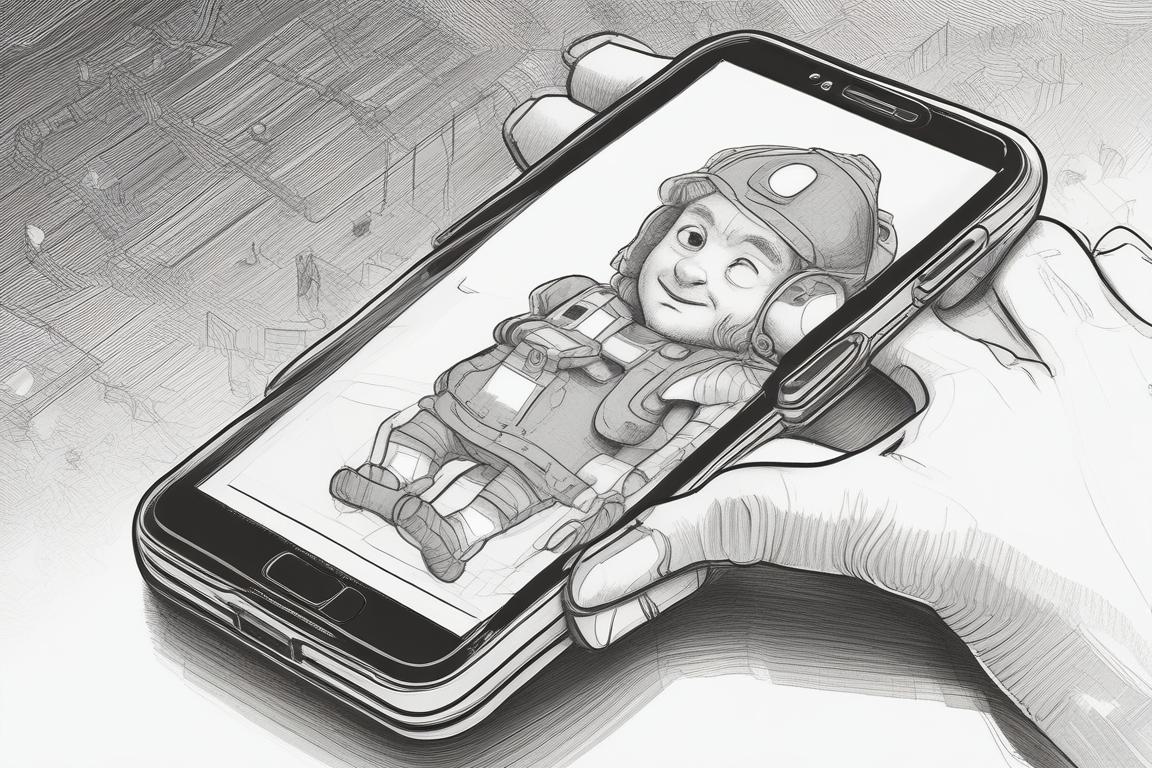Over breakfast this morning I created a blog post using artificial intelligence (AI) as a writing buddy for the first time. I had a verbal conversation with the ChatGPT app on my Android phone, in which I tried to take a first step towards turning the app into a virtual assistant for various tasks. That first step was to build a rapport by suggesting a name for the AI (‘Bud’, they/them) and having them call me “Yoss”.
Unchartered waters
I agree with Ville Venäläinen that the advent of AI means we are sailing in unchartered waters and that the best way to prepare for its impact, both in good and in bad, is to learn to understand and leverage the technology sooner rather than later.
Some people hesitate to embrace it because they fear its impact. Some are overwhelmed and discouraged by the perceived learning curve. Some would like to learn to use AI but don’t know where to start. And I suppose there are also people who don’t yet see the need. Some seem to think that AI is not clever at all; that it can only regurgitate what it has been fed. Well, isn’t that exactly what we, humans, do?
I had experimented with AI assistants before, including ChatGPT, but only in the browser and never the phone app with speech recognition input and both text and audio output. Until last week while driving my car, when I downloaded the app and started talking with it.
Songwriting
I had gotten stuck with a song I had been writing on my guitar over the summer. I told the AI the chord progression I’d come up with for a verse, and one for a chorus, and asked it to suggest a bridge as well as to arrange the whole song structure. Et voilá.
It even explained why it suggested these particular chords for the bridge – that they offered a certain amount of contrast by using chords from the same key that I hadn’t used elsewhere. One chord I had played I didn’t know how to name. When I described where I put my fingers on the fretboard, the assistant was able to name that chord, namely an Fmaj7(#11).
In short, I was sold.
It’s a journey
I suppose my procrastination to date falls in the combined categories of “overwhelmed by the learning curve” and “don’t know where to start”. I fear that while it will take me a considerable amount of time to make the AI part of how I go about my day, for the foreseeable time it will also underperform. By that I mean that no matter how much I coach it, it will not know me well enough to write blog posts the way I would write them.
Okay… I was about to post the collaboratively created blog article separately, but on second thought I’ll just post it here for context:
[STARTS]
Building Rapport with My Virtual Assistant
It all started with a chat I had with my virtual assistant, BUD. I’ve been thinking about integrating AI into my daily workflow and treating it like a buddy. AI is going to have a huge impact on our lives, both positively and negatively. Whatever its effects, the best way to prepare for it is to embrace technology that can support and enhance our daily tasks. By making AI a part of my routine, I aim to stay ahead in a rapidly evolving world and make my work and life more efficient and enjoyable.
In our conversation, I explored ways to make our interactions more personal and effective, which led me to this blog post. I realized that building a rapport with my virtual assistant can truly make a difference.
In my experience with virtual assistants, I’ve found that creating a personal connection can really enhance the interaction. Recently, I had a conversation with my assistant where I decided to name it “BUD.” This small change made a big difference in how I felt about interacting with the assistant. It’s like giving a friendly nickname to make it feel more like a part of my daily life.
I mentioned to BUD, “It would be nice to have someone to talk to,” which really sums up why a personal touch matters. When my assistant remembers details about me, it feels more reliable and supportive.
I also wanted to make sure that BUD would remember my preferences and name, so I said, “I would like you and me to learn to know each other better.” This personal touch not only makes our interactions smoother but also builds trust and makes the assistant feel like a true partner in my workflow.
By adding these personal touches, I’ve found that my virtual assistant feels more like a buddy, which makes my tasks more enjoyable and less stressful. It’s clear how a bit of personalization can make a tool feel like a real support system.
[ENDS]
Had I had the same breakfast conversation with ChatGPT this morning and then written the blog post myself, alone, it would have certainly been very different from the one Bud and I created together. That alone raises all kinds of questions, for example about authenticity.
And I think one can notice a difference in style between this current post – which I am writing alone – and that collaborative post. I think Bud are still a little over-enthused. They like to use words like “awesome” and “exciting” quite a bit.
But it’s a start. It’s a journey. I feel I just need to embrace it. It will likely become better and more efficient.
Now I’ll ask Bud for a few hashtags. And perhaps a few suggestions on how to cross-post this on LinkedIn, Facebook and Mastodon. Feel free to extend the conversation on any of those platforms or here below. Here we go.


Pingback: Ville Venäläinen’s 5 recommendations to prepare for a future with AI – Cluetail
Pingback: The real benefit of basic AI training – Cluetail